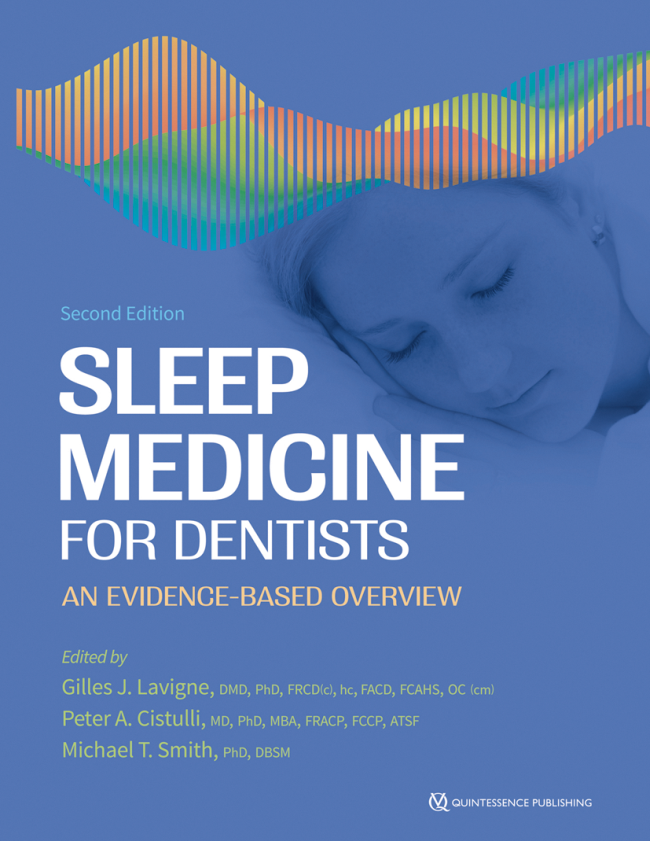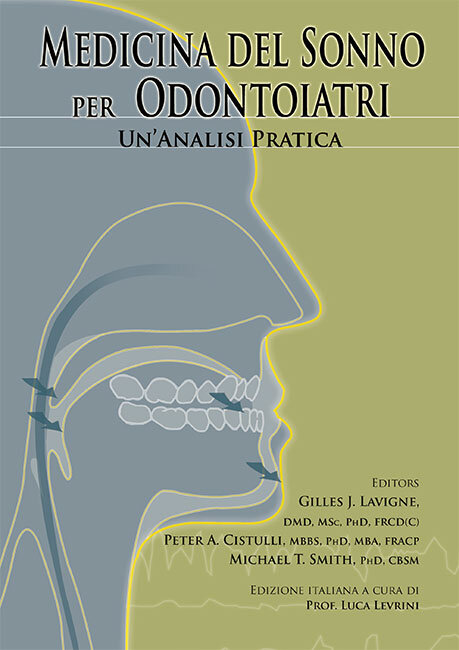Journal of Oral & Facial Pain and Headache, 3/2011
Seiten: 232-239, Sprache: EnglischEze-Nliam, Chete M. / Quartana, Phillip J. / Quain, Angela M. / Smith, Michael T.Aims: To determine whether patients with a painful myofascial temporomandibular disorder (TMD) have diminished nocturnal heart rate variability (HRV), a marker of autonomic nervous system (ANS) dysfunction, relative to healthy, pain-free controls.
Methods: Participants with myofascial TMD and healthy, pain-free volunteers underwent nocturnal polysomnography studies during which HRV indices were measured. Multiple linear regression analyses were used to determine whether TMD status exerted unique effects on HRV.
Results: Ninety-five participants (n = 37 TMD; n = 58 controls) were included in the analyses. The TMD group had a lower standard deviation of R-R intervals (89.81 ± 23.54 ms versus 107.93 ± 34.42 ms, P = .01), a lower root mean squared successive difference (RMSSD) of R-R intervals (54.78 ± 27.37 ms versus 81.88 ± 46.43 ms, P .01), and a lower high frequency spectral power (2336.89 ± 1224.64 ms2 versus 2861.78 ± 1319 ms2, P = .05) than the control group. The ratio of the low-frequency (LF) to the high-frequency (HF) spectral power was higher in the TMD group (2.47 ± 2 versus 1.38 ± 0.65, P .01). The differences in RMSSD (91.21 ms versus 112.03 ms, P = .05) and LF:HF ratio (0.71 versus 0.32, P .01) remained significant after controlling for age and psychological distress.
Conclusion: Myofascial TMD patients revealed lower nocturnal HRV than healthy, pain-free controls. Further research should focus on processes that address this ANS imbalance, which may potentially lead to effective therapeutic interventions.
Schlagwörter: autonomic dysfunction, chronic pain syndrome, heart rate variability, sympathetic hyperactivity, temporomandibular disorder
Journal of Oral & Facial Pain and Headache, 3/2010
Seiten: 321, Sprache: EnglischLavigne, Gilles J. / Cistulli, Peter A. / Smith, Michael T.





